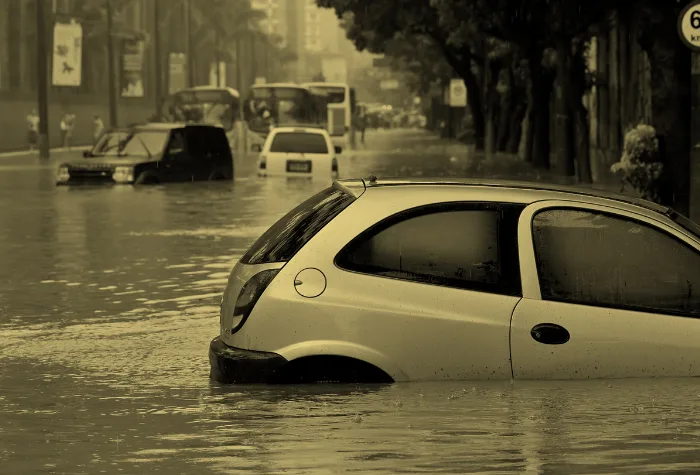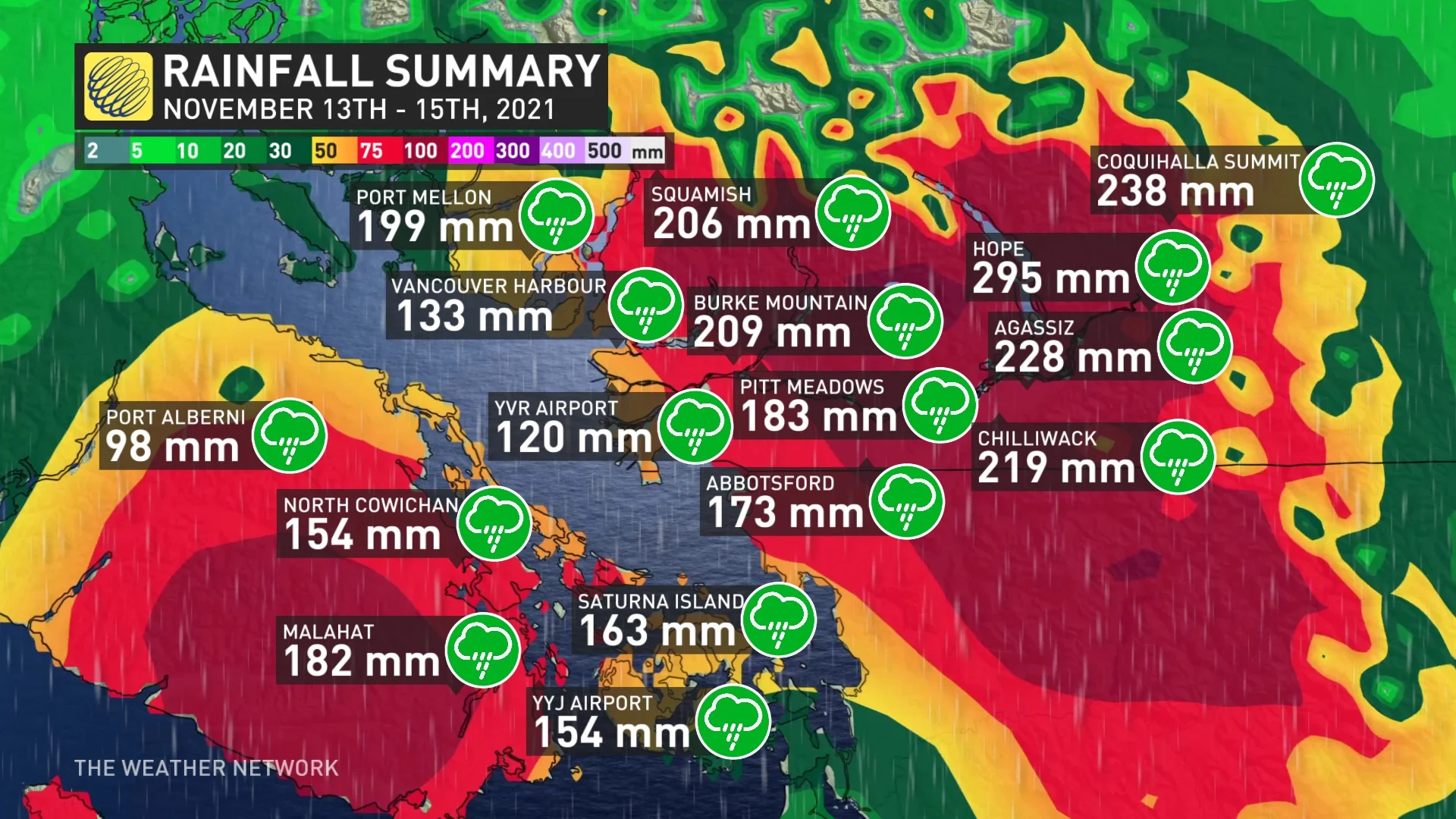
Heavy rain days can substantially harm economic growth: study
Water is a valuable resource, but too much at one time can be harmful for an economy.
Rain can be bad for the economy, according to a new paper out of the Potsdam Institute for Climate Impact Research (PIK), appearing in the journal Nature.
The study's authors looked at more than 1,554 communities around the world between 1979 and 2019, analyzing the sub-national economic output of each community, combined with high-resolution rainfall data, drawing what they call a "clear connection" between the number of extreme rain days and economic growth.
They found that just a few extra inches of rain throughout the year could diminish a country's annual growth by half a percentage point - a significant decline, the study points out, given that most developed nations grow by 2-3 percentage points annually.
The authors accounted for other factors that can impact growth, like politics or global trends, still concluding with "confidence" there is a direct link between heavy rainfall events and the economy.
"This is just another demonstration of the ways in which the economy is very closely linked to climate," Maximilian Kotz, a doctoral researcher at PIK and the study's first author, told NPR.
"And as a result, our prosperity and jobs are all vulnerable to possible future changes in climate."
But the authors are quick to point out that not all rain is detrimental. Agriculturally-dependent nations, for example, can benefit from additional precipitation.
"The question is ... how the rain is distributed across the days of the year," Leonie Wenz, an author of the study, said in a statement.
"Intensified daily rainfall turns out to be bad, especially for wealthy, industrialized countries like the U.S., Japan, or Germany.
HOW DO EXTREME RAINFALL EVENTS HURT THE ECONOMY?
Speaking with ABC News, Columbia University climate researcher Dr. Kai Kornhuber said the effects of major rain events have direct and indirect impacts on the economy.
"Extreme rainfall often leads to floods, and thereby can cause significant economic damage -- directly, by destroying property, and indirectly by disrupting supply chains, infrastructure, and production sites."
Kotz echoed this sentiment - telling NPR that while water is a "scarce resource," too much of it at one time can overwhelm a community, leading to enormous delays and setbacks.
RELATED: PHOTOGRAPHER CAPTURES DEVESTATION OF B.C. FLOODS
Canada saw this scenario play out in November 2021, when catastrophic rainfall flooded parts of B.C., shutting down major roadways and causing widespread supply chain disruptions.
The record-breaking floods, which dumped upwards of 300 mm on some communities in a matter of days, caused an estimated $450 million in insured damages.

While the study focuses on rainfall, other forms of precipitation - like ice pellets and hail - have also been responsible for costly delays and setbacks in Canada.
Of the country's ten costliest disasters by insurance claims, three relate to types of precipitation other than rain: the January 1998 ice storm that struck Ontario and Quebec, with estimated insured losses of $1.3 billion, the June 2020 hailstorm in Calgary, Alberta, with insured losses of $1.2 billion, and the August 2014 hailstorm that struck Airdrie, Alberta, with insured losses of $450 million.
In total, six of Canada's ten worst disasters by insurance claims are related to some form of precipitation.
The PIK study focuses on the impact of individual daily rainfall events rather than overall increases in rainfall over time - an important distinction, explained Weather Network meteorologist Michael Carter.
"We always want to be clear about the different impacts of single extreme events versus changes to big picture averages," he said.
"Weather can affect human activities on all different time scales - from short-lived extreme events like a heat wave or hailstorm to long-term trends in temperature and precipitation that can prompt permanent changes in agriculture, transportation, etcetera."
Thumbnail image courtesy: Getty Images Signature/Canva.










